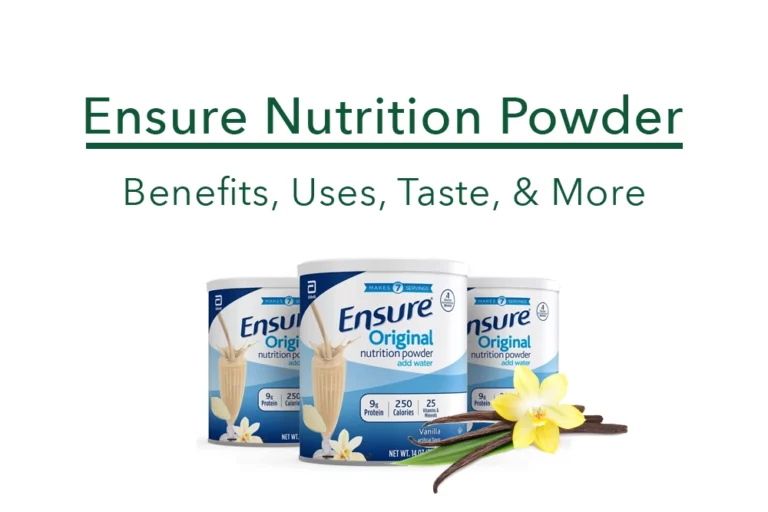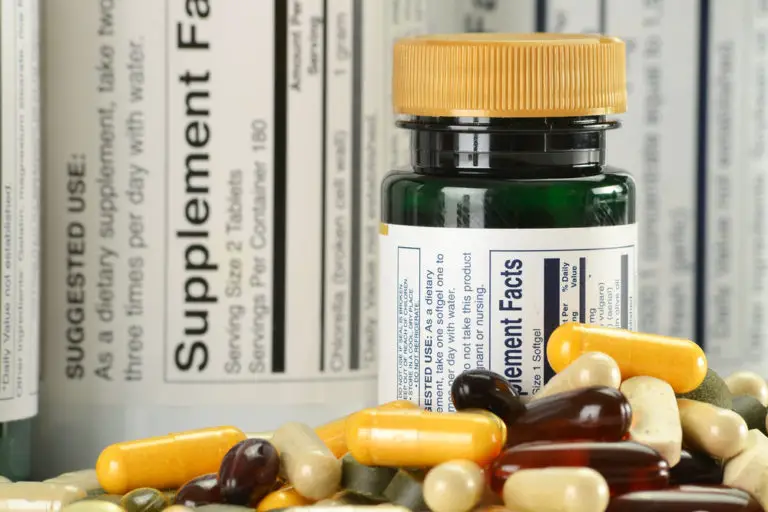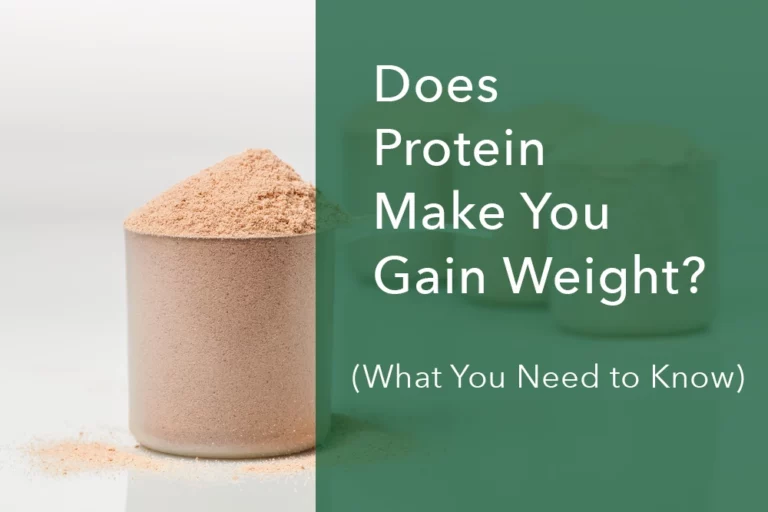Nutritional Supplements for Pressure Injuries
A pressure ulcer or injury — also known as a bedsore or decubitus ulcer — is an area of localized damage to the skin, underlying tissue, or both.
Poor nutritional status can contribute to the development of a pressure injury and delay the time it takes to heal.
While several nutrients and nutritional supplements have been suggested to support pressure injury healing or prevent them from forming, the efficacy of single nutrients or nutritional supplements on healing and prevention is mixed.
This article examines whether single nutrients or nutritional supplements are effective for aiding pressure injury healing or preventing their formation.

Pressure injury definition and stages
A pressure injury is an injury to the skin and underlying tissue that results from unrelieved pressure or pressure in combination with shear.
They usually occur over a bony prominence, such as the coccyx, calcaneus, os coxae (hip bone), scapula, malleolus, and occiput (posterior part of the skull) (1).
Unrelieved pressure occludes blood vessels, reducing nutrient supply and oxygen as well as impairing waste removal from the area. This leads to cell death and tissue damage.
Pressure injuries stages include (2):
- Stage 1: Skin is intact and may appear red in lightly pigmented skin or blue or purple in darker skin tones. Changes in skin temperature, sensation, or firmness may be present.
- Stage 2: Skin is broken with exposed dermis. The wound bed is pink and may present as an intact or ruptured blister.
- Stage 3: Subcutaneous fat may be visible, but bone, tendon, or muscle is not exposed. Undermining or tunneling may occur.
- Stage 4: Bone, tendon, or muscle are visible. Slough (dead tissue, usually cream or yellow in color) and eschar (dead tissue, usually black and hard) may be visible.
Pressure injuries may also be classified as unstageable or as deep tissue injuries.
Unstageable pressure injuries are known but not stageable due to the coverage of the wound bed by slough or eschar.
A deep tissue injury is skin that is intact or broken with areas of purple or maroon areas due to damage of the underlying soft tissue.
Pressure injury risk factors
While pressure injuries can occur to anyone regardless of age, they are highly prevalent among older adults, particularly those living in long-term care, where the global percentage ranges from 3% to 32% (3).
One study showed that compared with community-dwelling older adults, the prevalence of a stage one or higher pressure injuries was nearly double in older adults living in long-term care (4).
Pressure injury risk factors include (2):
- Limited mobility
- History of or existing pressure injuries
- Diagnosis of diabetes, vascular disease, and respiratory disease
- Incontinence of bladder, bowel, or both
- Increasing age
Malnutrition is also a significant risk factor for the development of pressure injuries, pressure injury severity, and protracted healing.
Characteristics of malnutrition, such as unintended weight loss and inadequate energy intake are independent risk factors for the development of pressure injuries (2).
Nutrients and supplements for pressure injuries
Several nutritional supplements are marketed to promote wound healing.
Some are even marketed based on the stage of pressure injury and whether the wound is chronic.
Nutritional supplements marketed towards pressure injury healing generally contain a combination of ingredients, including individual amino acids, vitamins and minerals, and protein.
Common ingredients include:
- Copper: Prevents or reduces oxidative damage caused by infections or injuries. It’s also needed to strengthen connective tissues (5).
- Beta-hydroxy-beta-methylbutyrate (HMB): A metabolite of the branched-chain amino acid l-leucine, which decreases muscle protein breakdown and supports muscle protein synthesis (6).
- L-arginine: A conditionally essential amino acid that is not essential except in times of stress or injury. It produces nitric oxide, a molecule involved in vasodilation and the development of new blood vessels (7).
- L-glutamine: An essential amino acid in times of stress or injury that promotes the production of heat shock proteins, which help protect the body’s cells from stress- or injury-induced damage (8).
- Protein: Necessary for the production and maintenance of connective tissues, transportation of nutrients, and immune health (9).
- Vitamin C: Required for the production of collagen, the structural protein found in skin, bones, dentine, tendons, and cartilage (10).
- Vitamin E: May decrease oxidative stress and in people with diabetes, improve blood sugar control to counter the adverse effects of hyperglycemia in wound healing (11, 12).
- Zinc: Necessary for wound debridement (the removal of dead tissue) to allow for healing (13).
These supplements range in calories, containing anywhere from 25 to several hundred calories per serving, depending on the amount of protein, carbohydrates, and fat they contain.
The protein content and source in these products differ among brands. They can contain as little as two grams of protein per serving and up to 20 grams per serving.
The source of protein typically comes from milk in the form of whey protein or from the bones, skins, and cartilage of animals in the form of collagen protein.
Finally, these supplements come in powder and ready-to-drink varieties and may be flavored or unflavored.
Supplement guidelines for pressure injuries
The research on whether nutritional supplements are effective for the healing or prevention of pressure injuries is mixed.
Creating these mixed results are differences in study methodology, the demographic and clinical status of the study population, the location and duration of the study, and the differences in nutrient composition and dose of the supplement, among others (14).
Nonetheless, the 2019 Clinical Practice Guideline for the Prevention and Treatment of Pressure Ulcers/Injuries recommends nutritional supplements or high-calorie, high-protein fortified foods under certain conditions (2).
The clinical practice guideline was developed by the European Pressure Ulcer Advisory Panel, the National Pressure Injury Advisory Panel, and the Pan Pacific Pressure Injury Alliance.
The guidelines have three recommendations based on an individual’s risk of developing a pressure injury, the presence of a stage one pressure injury, and the presence of stage two or higher pressure injury.
They are as followed (2):
- At-risk for pressure injuries: Offer high-calorie, high-protein fortified foods, nutritional supplements, or both if nutritional requirements cannot be met through the individual’s normal dietary intake.
- Stage one pressure injury: Offer high-calorie, high-protein nutritional supplements if nutritional requirements cannot be met through the individual’s normal dietary intake.
- Stage two or higher pressure injury: Provide high-calorie, high-protein, arginine, zinc, and antioxidant nutritional supplements or enteral formula.
All three recommendations are intended for individuals who are also malnourished or at risk of malnutrition.
The guidelines provide the following considerations for implementing supplements:
- Provide supplements between meals.
- Provide two servings or bottles per day of a supplement that contains an energy density of 1.5 to 2.4 calories per mL.
- Continue supplements for at least four weeks, and up to complete healing.
In palliative or hospice wound care, the guidelines recommend nutritional supplements if they assist in providing comfort to the individual and if mutually agreed upon by the individual or their power of attorney and members of the interdisciplinary team.
Nutritional guidelines for pressure injuries
For adults with a pressure injury who are malnourished or at risk of malnutrition, the 2019 Clinical Practice Guideline recommends (2):
- 30 to 35 calories per kilogram of body weight per day
- 1.25-1.5 grams of protein per kilogram of body weight per day
- 1 mL of fluid per calorie per day
Calorie intakes should be individualized and adjusted based on the individual’s medical diagnoses and conditions, including body mass index (BMI).
Assess renal function to verify whether high levels of protein are appropriate for the individual.
Fluid intake is often restricted for individuals with heart failure, renal failure, and syndrome of inappropriate antidiuretic hormone secretion (SIADH).
When dietary intake is inadequate, or deficiencies are suspected or confirmed, provide a vitamin and mineral supplement.
Nutrition care plan for pressure injuries
The guidelines recommend developing and implementing an individualized nutrition care plan for individuals with or at risk of a pressure injury who are malnourished or who are at risk of malnutrition (2).
Nutrition care plans provide communication for nutrition care between the individual and members of the interdisciplinary team.
It addresses identified causes of impaired nutritional status, the goals for nutrition care that reflect the individual’s choices and wishes, and includes interventions for reaching those goals.
Research has demonstrated decreases in care costs and hospital length of stay in patients with a stage two or three pressure injury who received individualized nutrition care plans compared with standardized nutrition care plans (15).
While the Mini Nutrition Assessment (MNA) has demonstrated validity and reliability as a screening tool for malnutrition or malnutrition risk, the Academy of Nutrition and Dietetics recommends the Malnutrition Screening Tool (MST) to screen adults for malnutrition regardless of their age, medical history, or setting (16, 17).
The bottom line
Nutrition plays an important role in the prevention and treatment of pressure injuries.
Nutritional supplements for pressure injuries range in the number of calories they contain and typically consist of individual amino acids such as L-arginine or L-glutamine, vitamins and minerals such as vitamin C and zinc, and protein.
The 2019 Clinical Practice Guideline for the Prevention and Treatment of Pressure Ulcers/Injuries recommends high-calorie, high-protein fortified foods and nutritional supplements for preventing and promoting the healing of pressure injuries.
Get Our Dietitian and Dietary Manager Newsletter
Be among the first to know when we post new articles and other helpful content.






